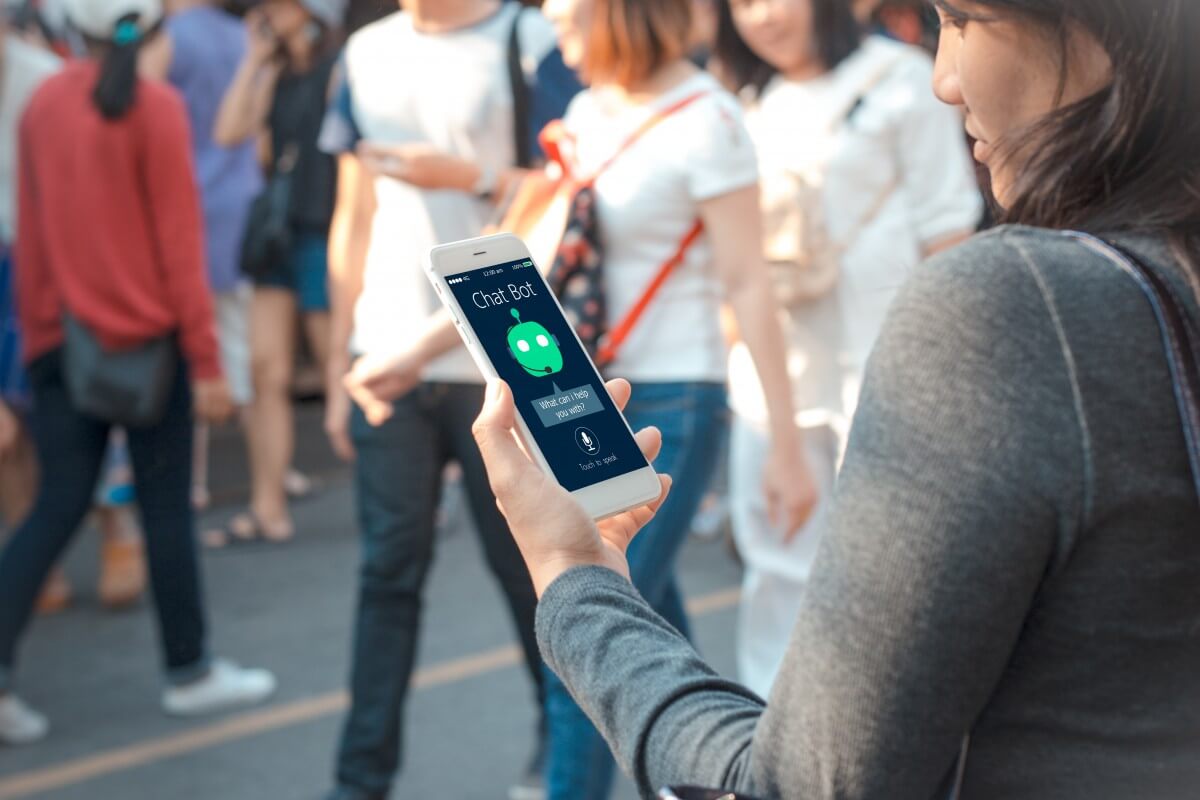
Chatbots are increasingly being adopted by businesses for customer service reasons. Source: Shutterstock
Chatbots: Perfect blend of text and talk – but how do you feel about it?
CHATBOTS are everywhere today – they’re in your online grocery service, your insurer’s website, even companies that will build chatbots for celebrities as a kind of fan-service gimmick. It’s safe to say that the technology is here to stay, and in many ways, it’s changing how we think about user experiences in digital spaces.
Chatbots bring something ironically human to the online commerce experience – it’s a conversation that mimics the intricacies of actual speech, and plays into recent research that shows that people vastly prefer text-chatting than actual conversations with a human. According to Open Market, 75 percent of younger consumers prefer texting over talking, and Nielsen recorded a 25 percent fall of average monthly voice minutes among this demographic between 2008 and 2010.

Most people don’t want the conversational aspect of chatbots, but would rather ones that get right to the point. Source: Shutterstock
It’s not surprising then that businesses everywhere are looking for a hundred and one ways to implement chatbots into their customer journeys. It’s the perfect blend of text and talk, bringing a new dimension to how companies can integrate different forms of engagement for different audiences.
But is this all conjecture or is there something really to it?
The Next Web recently reported that generally, reviews are kind of mixed when it comes to the tech. According to digital communications company LivePerson, around 38 percent of respondents to a survey said that they felt positive about their chatbot experience, while only 11 percent said they had a negative one. Sounds pretty good, right?
Those ratios are all right, in many regards, but they’re still pretty low, and that’s due in some part to the fact that people just have not had enough interactions with chatbots to definitively say yes or no. That poses a tiny problem as chatbots are essentially built on top of machine learning software, which rely heavily on trial and error to, well, learn.

Chatbots can also help with personal productivity. Source: Shutterstock
Likely we’ll see those numbers solidify a bit further as more and more businesses begin to lean more onto the technology and eschew teams of customer service representatives.
So just what are these businesses using chatbot features for? The LivePerson survey also noted that 67 percent of surveyed individuals were using chatbots primarily for customer support. Other than that, only 14 percent were relying on chatbots for productivity reasons. Certain chatbots have features that prompt users to do tasks, or offer reminders of meetings and events to help organize your day – think of it as Facebook Messenger meets Amazon’s Alexa.
It’s kind of expected that the majority of interactions are still confined to customer service applications, so businesses might want to take advantage of the technology considering survey’s findings of the overall positive of the having the software.
That being said, chatbots can also be largely ignored by consumers altogether – around 47 percent said they would rather the chatbot skipped the initial small talk at the beginning and just get straight to issue at hand.
READ MORE
- Safer Automation: How Sophic and Firmus Succeeded in Malaysia with MDEC’s Support
- Privilege granted, not gained: Intelligent authorization for enhanced infrastructure productivity
- Low-Code produces the Proof-of-Possibilities
- New Wearables Enable Staff to Work Faster and Safer
- Experts weigh in on Oracle’s departure from adland




